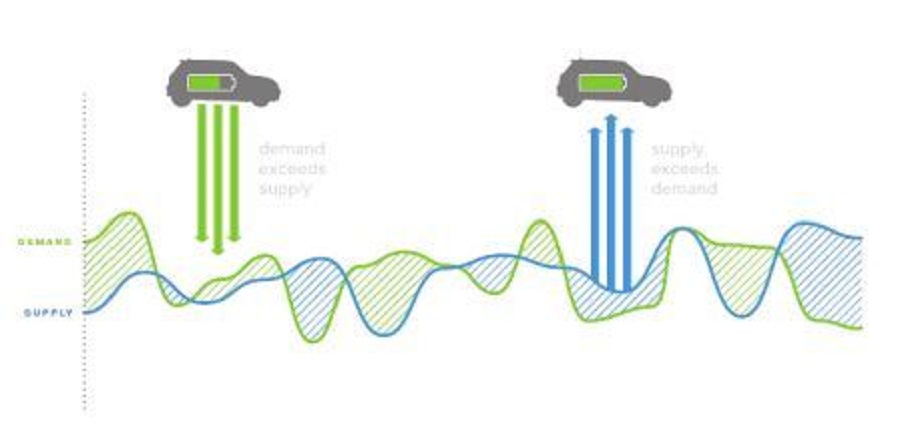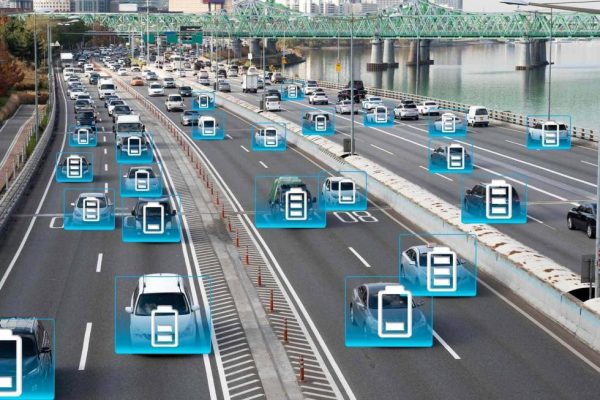New innovative outlook in the field of innovation of the renewable energy agency (IRENA) explores the potential and impact of the intelligent warranty of electric vehicles on the energy transition
Electric vehicles can change the game world level in the successful energy transfer and, in particular, from renewable sources. At the time of transportation of the transport sector, electric vehicles mean a visible opportunity to grow the renewable energy power in the global energy production mixture.
On the basis of between concrete extracts, the new IRENA report “innovation outlook:
smart charging for electric vehicles “constitutes a guide for the exploitation of the potential of complementarity between renewable sources and electric vehicles. The report proposes guidelines for decision factors for implementing the energy transaction strategy so the maximum execution of the benefits of electric vehicles.
At present, most vehicles operate with fossil fuels, but increased pressure on climate protection, battery cost reduction and city pollution concerns have reinvigorated the use of electric vehicles (EEs), previously considered overvalued and therefore neglected. The number of VEs that have demonstrated their capabilities over those running on fossil fuels has increased, so energy planners are now concerned about bringing innovation to the garage, considering that 95% of the car’s time is spent in the garage / car park. Thus, with careful planning and with the appropriate infrastructure, parked and connected VUs could be the battery banks of the future, stabilizing the electricity grids powered by wind and solar energy.
The use of VE on a scale can create a huge power storage capacity, but if everyone loads their cars in the morning or evening, the electrical networks can be overloaded. The loading time is therefore critical.
“Intelligent Loading”, in which the vehicle is loaded but the network is also supported, unlocks a virtuous circle in which renewable energy makes cleaner transport and electric vehicles contribute to a higher share of renewable energy “(_Dolf Gielen, director of the Innovation Center and IRENA_ technology).
With the rapid expansion of EE around the world, intelligent charging can lead to billions of dollars in network investments needed to meet EE network tasks in a controlled manner. For example, Hamburg’s distribution system operator – Stromnetz Hamburg – is testing a smart charging system that uses digital technologies to control vehicle loading based on customer systems and requirements. When the system is fully implemented, the need for network investment will be reduced by loading EE by 90%.
The IRENA analysis indicates that if the majority of passenger vehicles sold since 2040 are electric, more than
1 billion EE could be on the road by 2050 – rising from about 6 million today – eclipsing the capacity of stationary batteries. The forecasts suggest that in 2050 around 14 TWh of VE batteries could be available to provide network services compared to just 9 TWh of stationary batteries.
An advanced intelligent charging approach, called _Vehicle-to-Grid_ (V2G), allows VE not only to take power from the grid but to inject electricity back into the grid. V2G technology can be a business model for car owners via aggregators to provide network support services. However, in order to be attractive to car owners, intelligent charging needs to meet mobility needs, ie cars should be loaded when necessary at the lowest price and owners should be remunerated for the provision of services to the network. Policy tools, such as Smart Deployment Load Downs and Timeliness , can stimulate a broad deployment of intelligent uploading.
While VEs have much to offer, they can also lead to technical challenges that need to be overcome. The IRENA analysis suggests that uncontrolled and simultaneous VE loading could significantly increase congestion in the energy system and peak load. The result would be to limit the increase in the share of solar and wind energy in energy systems and the need for additional investments in the electrical infrastructure – additional cables, transformers, switches, etc.
An increase in autonomy and ‘mobility as a service’ type – ie innovations for sharing cars or giving others permission to use your car as a taxi when you do not need – could potentially disrupt the potential availability of network stabilization through VE, because the batteries will be connected and less available for the network.
It has also become clear that fast and ultra-fast charging is a priority for the mobility sector, but slow charging is, in fact, more suitable for smart charging because the batteries are connected and available on the network for a longer time. For slow loading, location of home and work load infrastructure is essential, which should be considered in infrastructure planning. Rapid and ultra-fast uploading can increase the peak demand of local networks. Solutions such as changing batteries, buffer storage stations, and nightloading of the EV fleet could become necessary in combination with rapid and ultra-fast charging to avoid high infrastructure investments.




